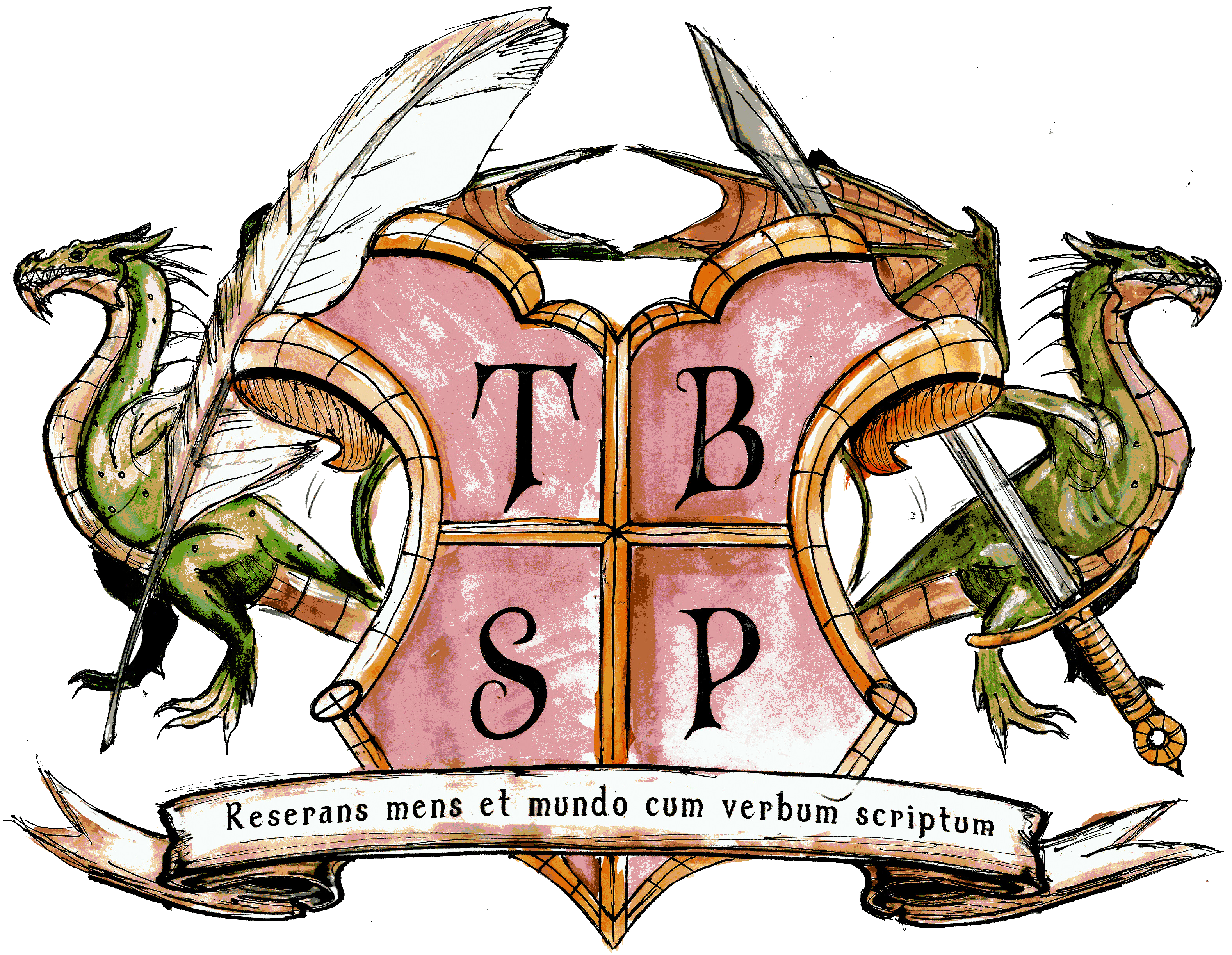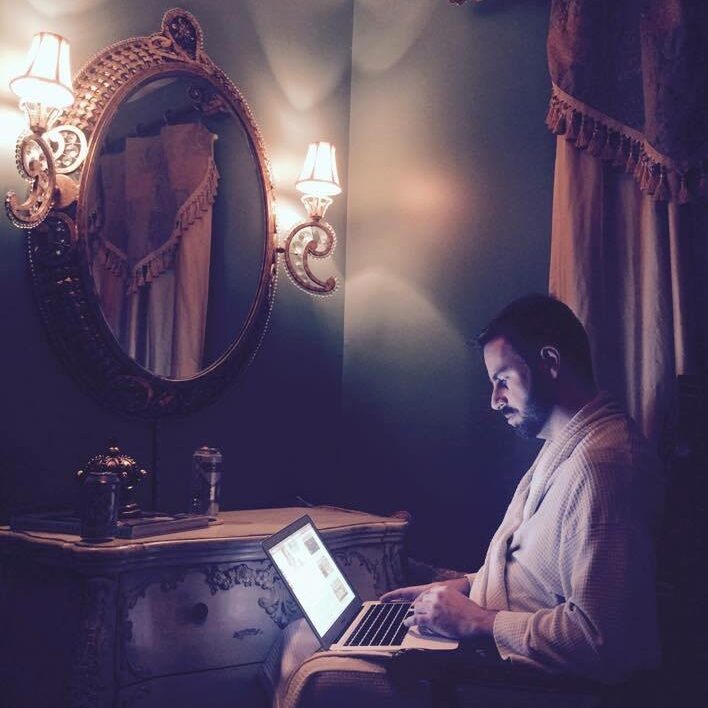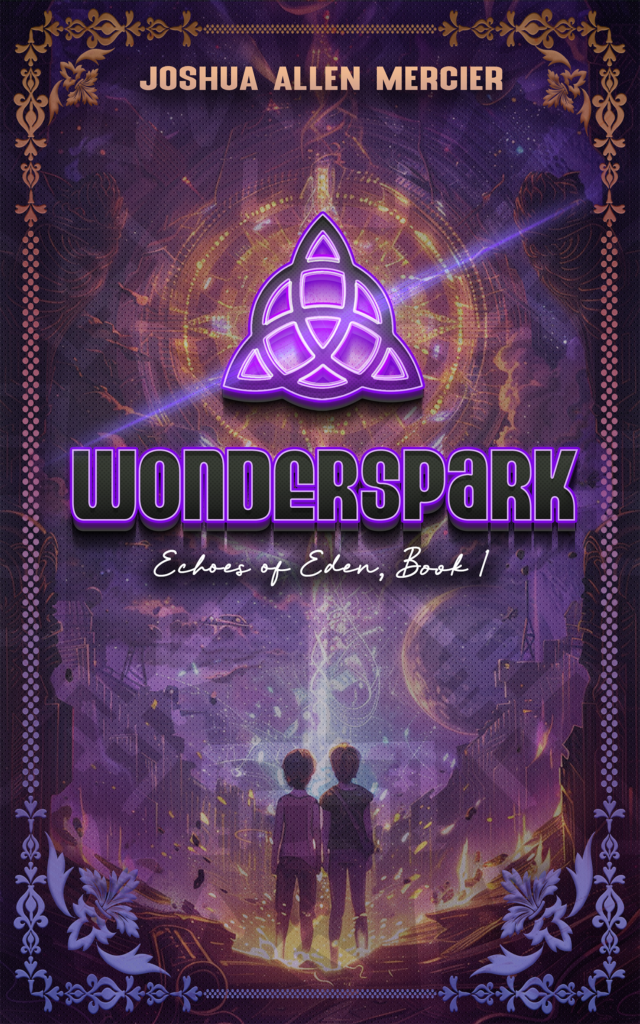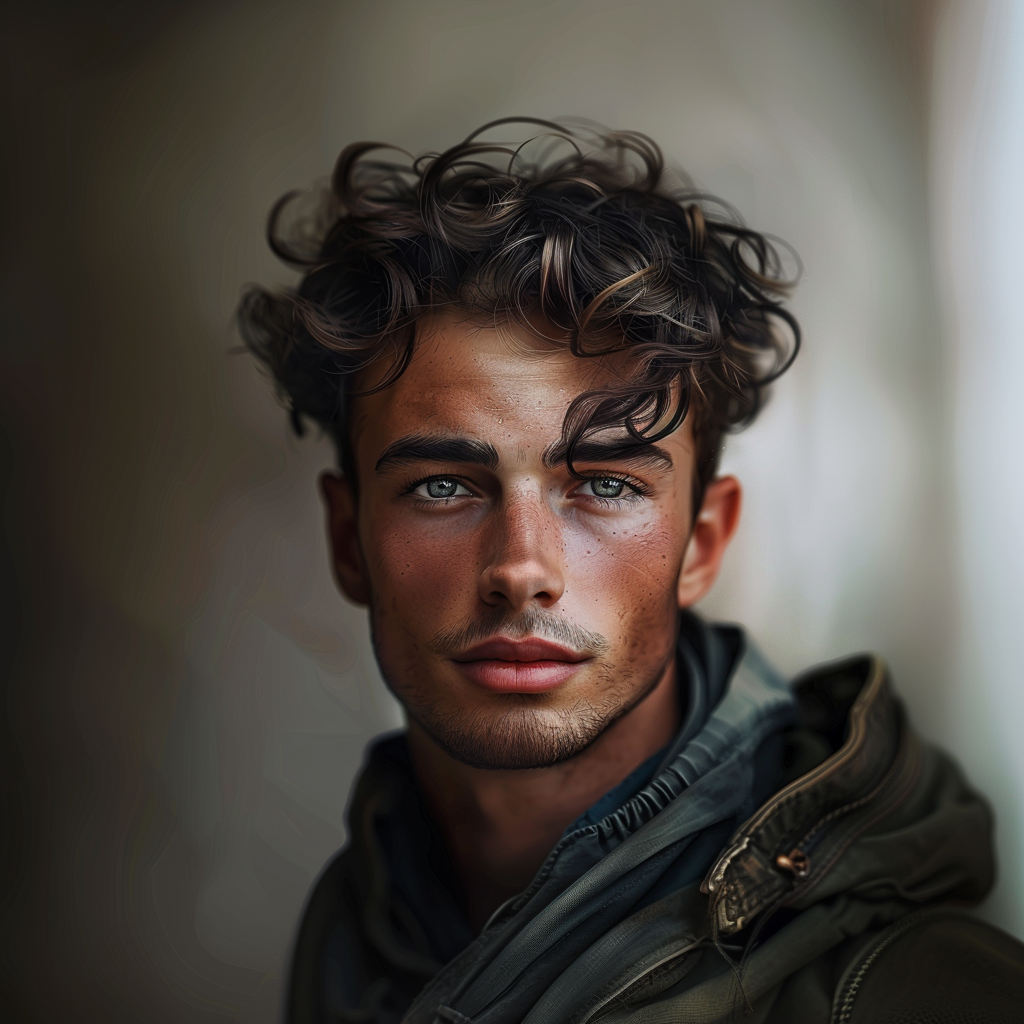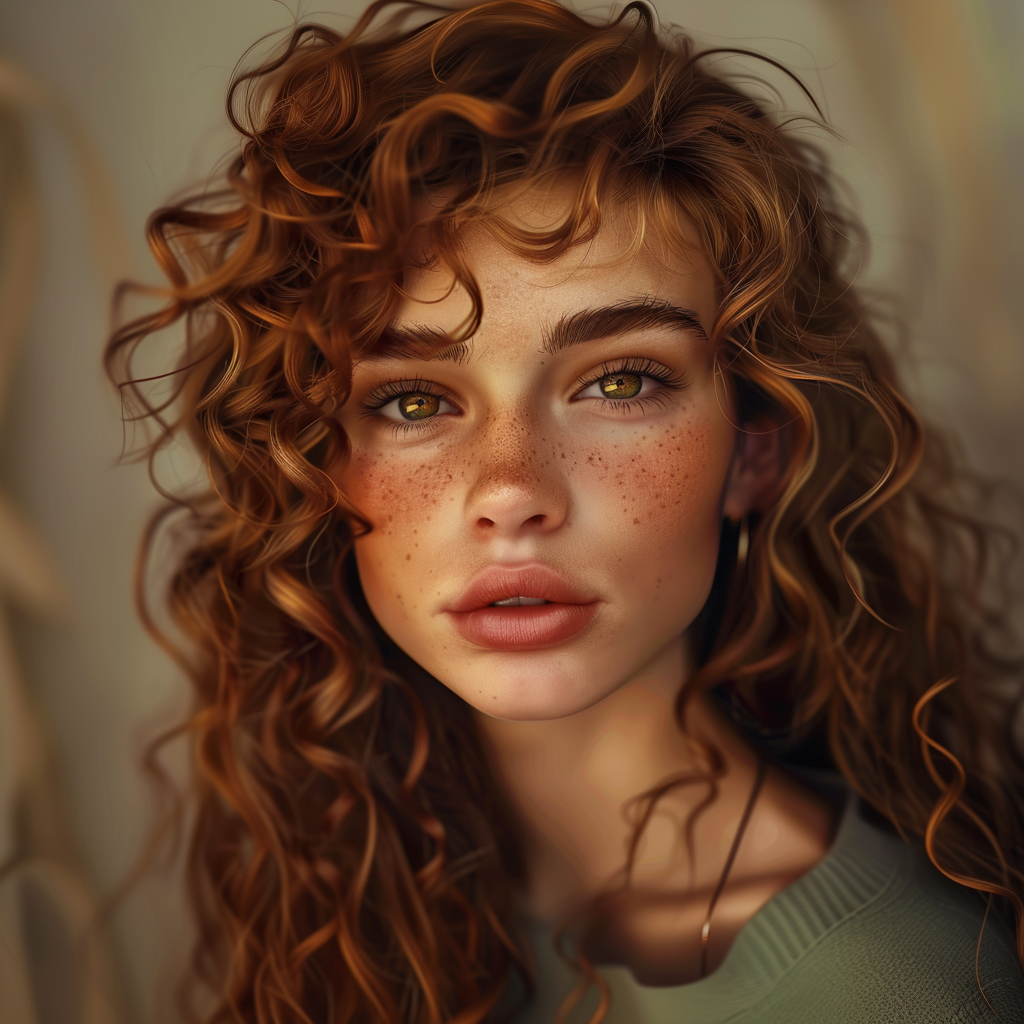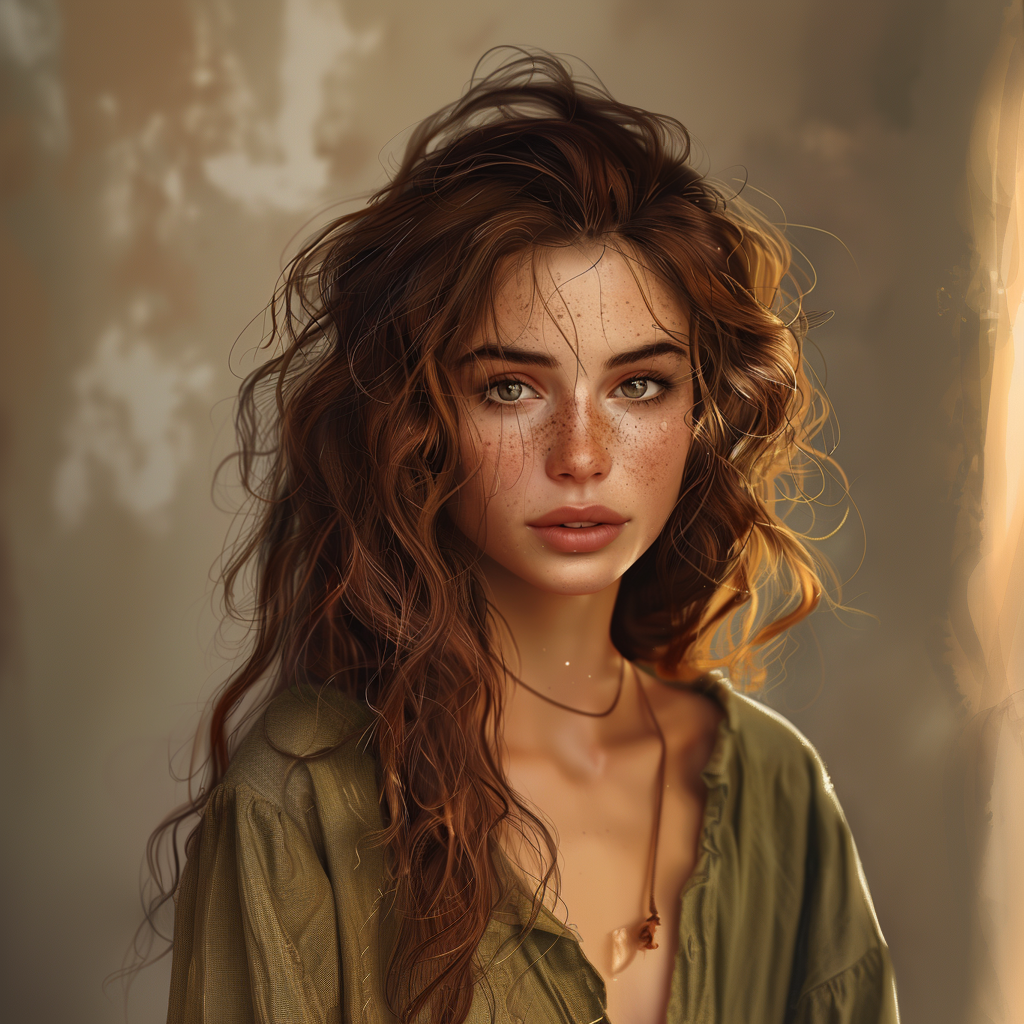I soft-plotted the story arc, which (at the moment) stretches over seven books; it will change as I write them, of course, but at least I have a route planned even if I decide to take a different path to the same destination. You might say it’s a bit ambitious, but I wanted to give myself room for the story to develop and grow at a good pace without feeling rushed to cram it all in fewer.
The first book, Wonderspark, opens up just before a mysterious stranger shows up at the McKenna residence. Summer plans with their parents are cancelled as they are called away for an impromptu dig in the Pyrenees, and the twins, Asher and Ember, are forced to spend the summer with their grandparents on the quaint island town of Willowycke. When their parents go missing, their stay with their grandparents is extended.
The story picks back up three years later; Ash & Ember lead seemingly ordinary lives until a chance encounter with a mysterious rift thrusts them into the hidden world of magic. As they navigate newfound abilities and uncover family secrets, they discover their pivotal role in the age-old battle between light and shadow. With the help of their grandparents and a band of allies, the twins embark on a thrilling journey to uncover the truth about their parents’ disappearance and unlock the secrets of the Wonderspark. But as dark forces gather and ancient prophecies unfold, Asher and Ember must harness their newfound powers and embrace their destiny before it’s too late. The fate of both worlds hangs in the balance, and only they can unleash the true magic of the Wonderspark.
Over the course of writing (but without giving too much away), I hope to share some of the world-building—settings, mythos, characters, et cetera—as I build it, as it builds itself. It’s been nice re-entering the writing world with tools I didn’t have before—like the aforementioned Plottr, Scrivener, and even Artificial Intelligence.
Now I know there are a lot of naysayers of AI, but before you jump to conclusions, know that I am not using it to actually write the manuscript, but instead using tools like Midjourney, where I can feed in descriptions and have the prompts spit out beautiful renderings of my characters so I can upload the images into the other tools and reference them frequently while plotting and writing. And, let me tell you, seeing life breathed into my characters who normally only live in the written word and in my mind, makes the world that I am building more tactile. More tangible. More real. And living within it becomes a lot easier, which makes writing within it that much more believable because it’s no longer just in my head.

